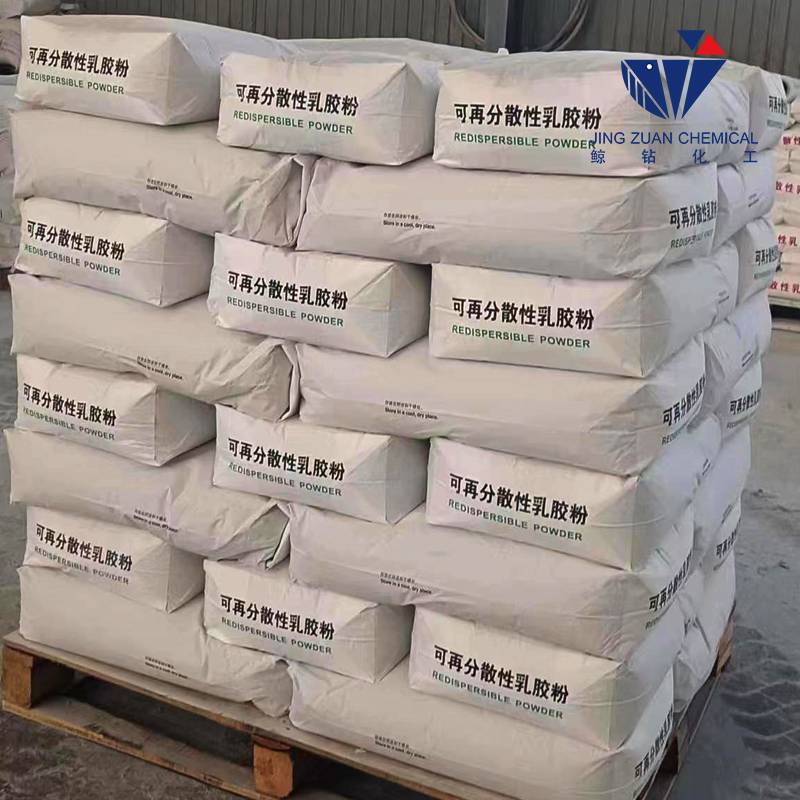
Nov . 19, 2024 14:50 Back to list
Innovative Techniques for Enhancing Gypsum Performance in HPMC Applications
HPMC for Gypsum A Key Component in Construction
Hydroxypropyl Methylcellulose (HPMC) is a versatile cellulose ether that has found extensive applications in various industries, particularly in construction. When it comes to gypsum products, HPMC plays a crucial role in enhancing the performance, workability, and durability of the materials used. This article explores the significance of HPMC in gypsum formulations and its impact on construction practices.
Understanding HPMC
HPMC is produced by modifying natural cellulose through chemical processes, resulting in a white, odorless powder that is soluble in cold water. This solubility property makes it an ideal additive for gypsum-based materials, such as plaster, drywall, and tile adhesives. HPMC is valued for its ability to improve properties such as water retention, adhesion, and workability of construction materials.
Enhancing Workability
One of the primary advantages of incorporating HPMC into gypsum mixes is the enhancement of workability. When mixed with water, HPMC forms a viscous solution that allows for smoother application and better manipulation of the gypsum material. This is particularly beneficial for plastering surfaces, where ease of spread and the ability to achieve a fine finish are critical. Contractors and builders appreciate HPMC's role in reducing labor time and effort, thereby increasing overall productivity.
Improved Water Retention
hpmc for gypsum

Water retention is a vital property in gypsum applications, as it directly influences the curing and setting processes. HPMC improves water retention in gypsum products, allowing for extended work time without compromising the integrity of the mix. This is especially important in larger projects where the application might take longer or where environmental factors like wind or high temperatures could lead to premature drying. With HPMC, gypsum materials maintain moisture longer, resulting in a more robust and durable finish.
Enhanced Adhesion
In addition to workability and water retention, HPMC significantly enhances the adhesion properties of gypsum-based products. When used in gypsum plasters or adhesives, HPMC promotes a stronger bond between the material and the substrate. This results in reduced risk of delamination and improved overall performance of the finished product. For construction applications, this characteristic is particularly significant, as it contributes to the longevity and stability of structures.
Environmental Considerations
As the construction industry increasingly shifts towards sustainable practices, HPMC’s role in gypsum applications aligns with these trends. Being derived from natural cellulose, HPMC is considered environmentally friendly. Additionally, its effective use in reducing material waste and improving efficiency supports green building initiatives.
Conclusion
The integration of HPMC in gypsum products showcases its multifaceted benefits within the construction industry. From enhancing workability and water retention to improving adhesion and supporting environmental sustainability, HPMC is a valuable additive that meets the demands of modern construction. As the industry continues to innovate, the role of HPMC in gypsum applications is likely to expand, further solidifying its importance in achieving high-quality building materials and finishes. Whether it is for residential or commercial projects, HPMC stands out as an essential component for successful outcomes in gypsum-based applications.
-
Versatile Hpmc Uses in Different Industries
NewsJun.19,2025
-
Redispersible Powder's Role in Enhancing Durability of Construction Products
NewsJun.19,2025
-
Hydroxyethyl Cellulose Applications Driving Green Industrial Processes
NewsJun.19,2025
-
Exploring Different Redispersible Polymer Powder
NewsJun.19,2025
-
Choosing the Right Mortar Bonding Agent
NewsJun.19,2025
-
Applications and Significance of China Hpmc in Modern Industries
NewsJun.19,2025







